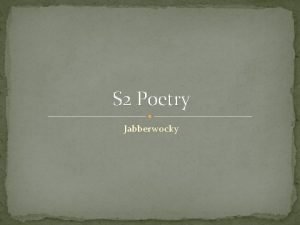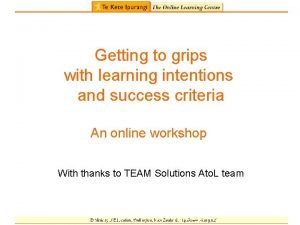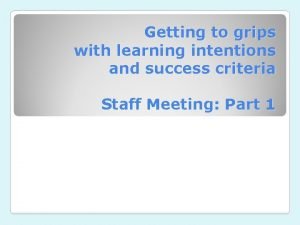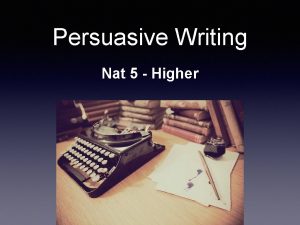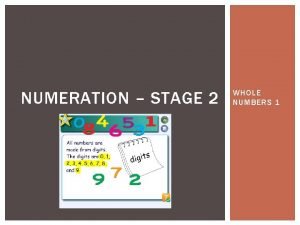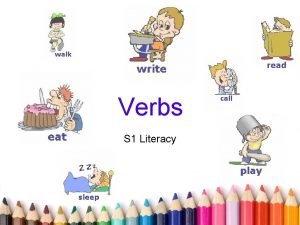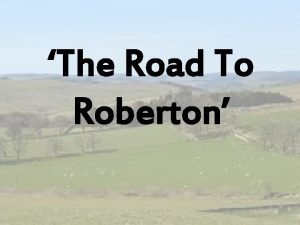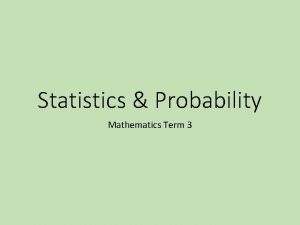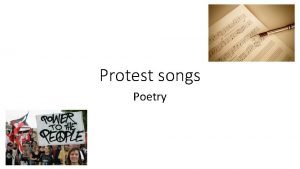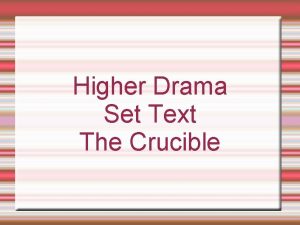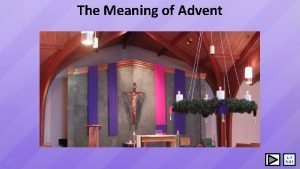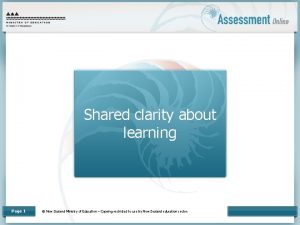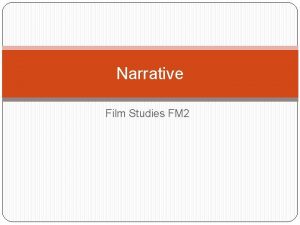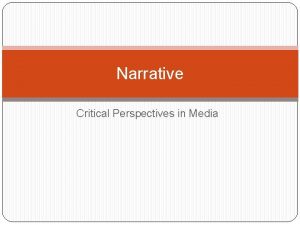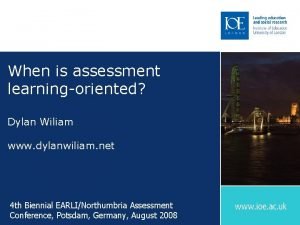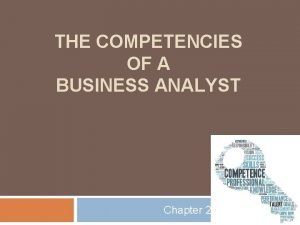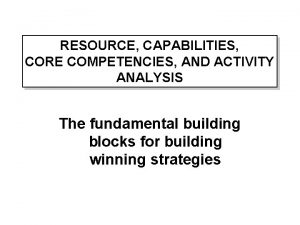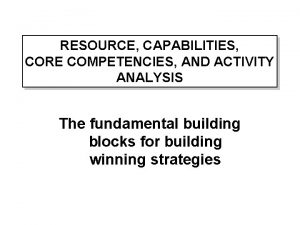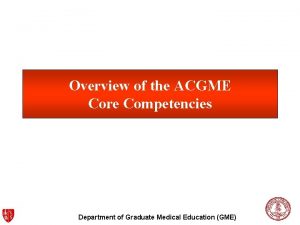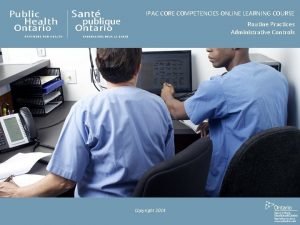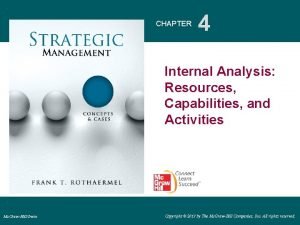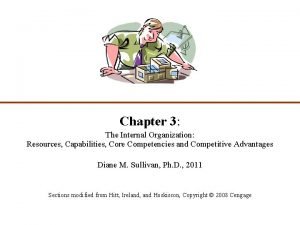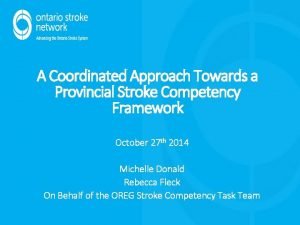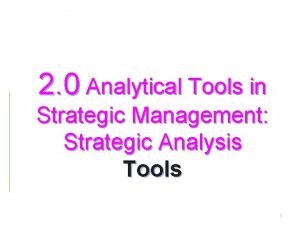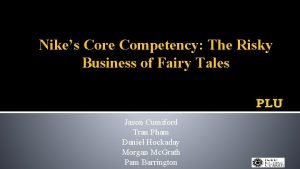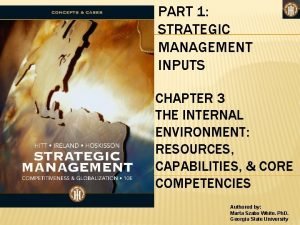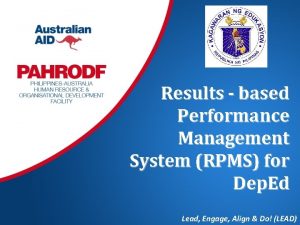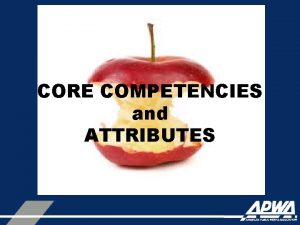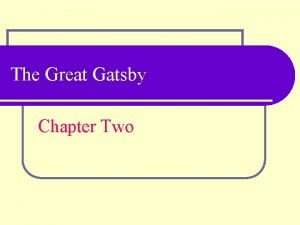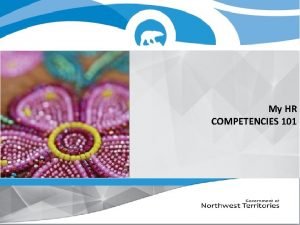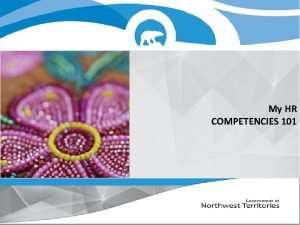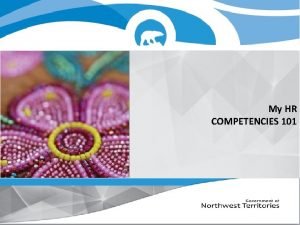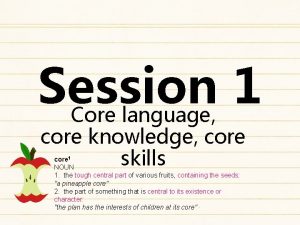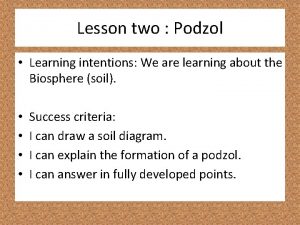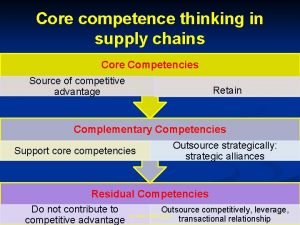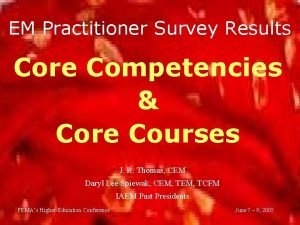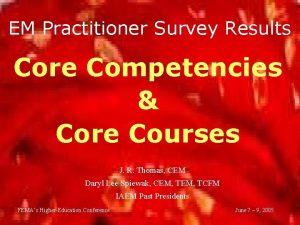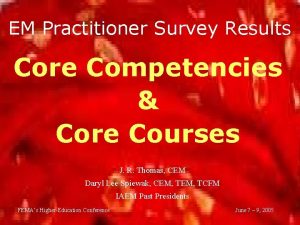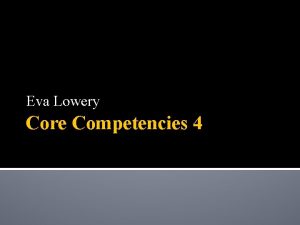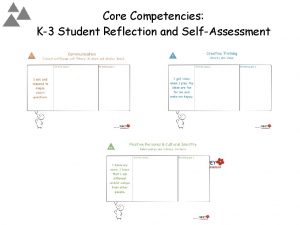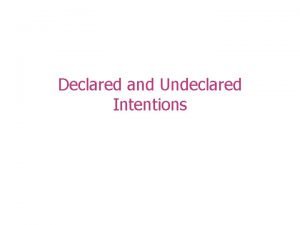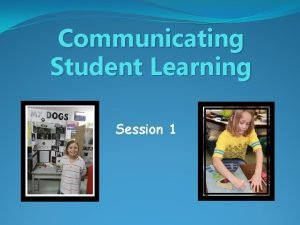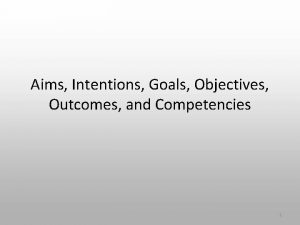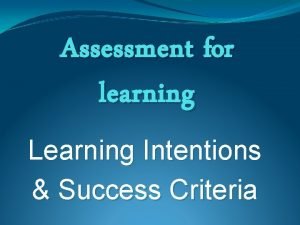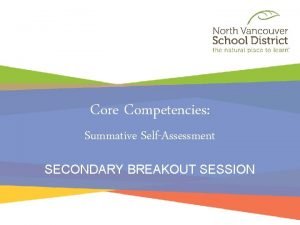Core Competencies Session Two Welcome Learning Intentions Understand







































- Slides: 39

Core Competencies Session Two Welcome

Learning Intentions Understand what self-assessment practices look like in relation to the Core Competencies. Know more about the K-12 continuum for self-assessment Consider different self-assessment templates Understand what the reporting requirements for June will look like for teachers.

Warm-up Using the clock graphic find four different appointments– 12: 00, 3: 00, 6: 00 and 9: 00. You will be meeting each of them throughout the session. 3: 00 Discuss your thoughts about Core Competencies from Session 1 -What’s working and areas needing clarification? 6: 00 Discuss how you are or are planning to incorporate student self assessment and reflection with the Core Competencies. -Record one strategy on a sticky note. ◦ *Keep your clock for a later activity!

Talk Time - Organizer Find your 9: 00 partner – watch the upcoming videos through the lens of the questions: ◦ How do you see the Core Competencies reflected in each of the videos? ◦ What examples of self assessment are demonstrated in the videos? ◦ How does the concept of NOTICE, NAME and NURTURE tie into this process? ◦ Share a connection from your own practice with your partner ◦ Any connections you would like to share with the larger group.

Perseverance time https: //curriculum. gov. bc. ca/competencies/communication/illustration /2954

Self Reflection Teacher Guiding Austin’s Butterfly https: //youtu. be/Qzr. Hk. FREwog

Talk Time Find your 9: 00 partner and discuss: ◦ How do you see the Core Competencies reflected in each of the videos? ◦ What examples of self assessment are demonstrated in the videos? ◦ How does the concept of NOTICE, NAME and NURTURE tie into this process? ◦ Share a connection from your own practice with your partner ◦ Any connections you would like to share with the larger group.

Profiles – Remove the numbers

Removing the numbers! No exemplars, no marking sessions, one example will not show every child. The examples are called Illustrations. These are continuums. . . We collect evidence of learning, by interviewing a child with the Core Competency Profiles in mind: ◦ • Who are you? As a person, as a learner? • How are you progressing? Find ways for students to produce evidence: oral, visual, video, writing, pictures, animation etc.

Sooke (SD 62) – You are not a number

How might you support Students in Self Assessing? When thinking about students self assessing in the Core Competencies, what might you design as tool or organizer to help their thinking and reflection? How might you explicitly teach self reflection?

Core Competencies Self Assessments CREATED AT #BCEDCHAT ON MARCH 26, 2017

What are your favourites? Groups of 4– Find your 12: 00 and another set of partners Take a deeper dive into the slide deck provided ◦ On your own first ◦ Share your thinking with your group ◦ Use the graphic organizer provided to record your group’s favourite ideas ◦ As a group share your favourite idea with the larger group

A collection of self reflection/self assessment activities from BC teachers, for BC learners. As you look through the following slides think about which activities you would use or adapt in your practice. . * HINT: YOU ALSO MIGHT WANT TO TAKE NOTE OF THE TWITTER HANDLE ATTACHED TO EACH SLIDE– THAT IS TO CREDIT THE TEACHER WHO SHARED THE MATERIAL, BUT ALSO MIGHT BE SOMEONE YOU WANT TO FOLLOW ON TWITTER. ALL OF THE MATERIAL IN THIS SECTION WAS SHARED ON A SUNDAY NIGHT BCED CHAT. JOIN IN THE CONVERSATION SUNDAYS AT 7: 00 PM, SEARCH THE HASHTAG #BCEDCHAT

Core Competencies - Communication @vicki_den

Learning Journal by @craigmah The idea of the Learning Journal is for students to reflect on key learning throughout the year. At the end of the year, students will look back on their journal and reflect on their learning! You can view the entire document with prompting questions here: https: //craigmah. wordpress. com/2017/03/24/core-competencies-and-reflections/

@Kenneth. Headley The document on the next slide is just a support tool I created for my students to use so we can get them looking at questions that will push their reflections to be a bit deeper and more meaningful.

Student voice/not teacher (@Janet. Chow. MSc) Use an online eportfolio/blogfolio space to CAPTURE “I am. . ” statements. Student voice, not teacher’s voice. Take one area to compare over time. Link to term 3 report card.

Prompting statements (I…) @Janet. Chow. MSc Bulletin Board questions as prompts for thinking about. . Students choose own activity, artifact or process to reflect (pre/post).

I Know Me - I Am A Thinker (@Janet. Chow. MSc) After reading “Wild About Us” by K. Beaumont, students chose to highlight their uniqueness in “My Best Part” with self photos in b/w. QR codes lead to voice recordings. See http: //blogs. sd 41. bc. c a/gourlays

Competency assessment is embedded in meaningful learning @Moroz Jennifer


@Moroz. Jennifer

@allison_burt

@sd 36 msjames Building Core Competency Vocab in a hands on & relatable way for students We read, discussed, and brainstormed Personal Awareness and Responsibility Skills over the course of a week with the help of the book “One Smart Cookie”, we then practiced our skills and baked some cookies together. We created a learning story that we often refer to and remind ourselves about core competency goals and language. Students also complete Self Assessments on how they think they are doing in areas like organization, preparation/planning , teamwork, effective communication, personal awareness and responsibility. Grade level: Intermediate

@sd 36 msjames STEM Challenges Creative Thinking- Generating Ideas and Plans Critical Thinking-Developing, analyzing, and designing Positive Personal & Cultural Identity- helps students recognize their personal strengths and abilities Personal Awareness & Responsibility- Self Regulation Social Responsibility- Solving problems in peaceful ways, & Building Relationships Student Reflection Learning Journal Writing Prompts What do you think was the purpose of doing this stem challenge? realistic situation? What was your design or plan? How could this challenge apply or be use in a What were the materials you used in your project? If you worked with partners or groups, evaluate how well you cooperated and worked together as a team? was your communication? What surprised you about this challenge? What if any frustrations did you have with this challenge? What did you notice in the designs that worked well, and didn't work well? In your next design what would you do different, want to try or change about the challenge? How

I have been working with teachers to use manipulatives in the classroom for students to communicate in their L 2+ Station ideas PDF: http: //bit. ly/languagemanipulatives @Mme. Nero Example of a reflection station: Giving TIME for students to reflect on the Core Competencies & providing evidence in their digital portfolios Stations give students the opportunity to communicate authentically and develop their creative & critical thinking skills. While PLAYING in the secondary level, students are developing their personal and social responsibility competencies to collaborate and take risks in their L 2.

Ex. In what ways can students tell a story using whiteboard backgrounds and Lego in L 2? @mmenero Teachers have been collaboratively adding their ideas by writing them on the provided whiteboards as they experiment with the materials at teach station. These whiteboards are useful for students so that students can collaborate and share their questions/connect their learning to the Core Competencies while they are learning.

Core Competencies Frames (@Janet. Chow. MSc) Link to sd 41 District Learning Technologies site on Core Competencies: http: //blogs. sd 41. bc. ca/learningtech/newcurriculum/core-competencies/

@brark Biology 11: Using Models to Communicate Understanding of Core Concepts Opportunity to quickly fix misconceptions, allow for creativity, and give time for hands-on learning and expression of understanding

@rosepillay 1 Metaphors & Analogies for Core Competencies: At the Core Ask Not “Are you…? ” But “How are you…? --so students can answer “Who are you? ” “The Core Competences are NOT ‘outcomes’ and the profiles are NOT ‘requirements’. They are NOT ‘another curriculum’ or a ‘competing curriculum’. These are NOT standards for judging or comparing. It’s not about filling in a template or checking off aspects on a rubric. “ – Dr. Sharon Jeroski Yearbook Crayons Glow

@montessorimice (Kelsey Keller) #1 Choosing artifacts to show they are developing CCs. Rooting the CCs in something concrete help make abstract ideas more accessible. #2. Justification - its shows ___ BECAUSE… #3. I want you to notice an opportunity to enlighten the teacher. #4. Strategic action planning - what would you do differently next time?

@montessorimice (Kelsey Keller) After an activity (anything really!) the kids are invited to reflect on what CCs (specifically i-statements) they utilized, those they did not, and those that were N/A for a particular activity. There is no ‘wrong way’ to sort them as long as they can justify WHY they put them in a particular column. Once done, the kids make observations “Oh wow, I REALLY needed to communicate to do this, I used ALL the communication statements” or “I used a lot of critical thinking but not a lot of creative thinking, hmm”. In the example we used all 3 of the CC triad but I’ve also focused on just one area too in order to provoke students to examine one area more deeply. This helps them SEE how they used the CCs, while at the same time helps them internalize and USE the CCs language independently (builds a common language).

Kristin Visscher @Visschinspired They are both sorting activities to introduce the 6 areas. 1 is famous quotes ( also in the google share drive) and another is just some of our classroom activitiesboth create great discussion! For graphics: https: //t. co/0 jx. Bh. Bk XXn

Using Images that speak (@Janet. Chow. MSc) Focus is on including images to support any text. Photos/images are selected from deep thought usually by reviewing lots before selecting the few that really offer a statement of learning.

@vwoelders Victoria Woelders (Langley School District) I have been using a video collection through my You. Tube playlist to bring discussion into my classroom on the Core Competencies. I also use #projectinspirekids on Twitter. I have put one of my favourite videos here on Gratitude. Click below to see videos playlists: Personal and Social Competency (30 videos) Communication Competency (11 videos) Thinking Competency (25 videos)

Core Competency and Self Assessment from @bcedplan Core Competency Poster https: //curriculum. gov. bc. ca/sites/curriculum. gov. bc. ca/files/pdf/Core_Compete ncies_Posters. pdf Supporting Documents https: //curriculum. gov. bc. ca/sites/curriculum. gov. bc. ca/files/pdf/supporting-self -assessment. pdf

Share your Favourites Share your small group’s favourites

June Attached to the June Learning Summary there will be a student self assessment For this year at least one Core Competency must be self assessed by each student K-9 Which self assessment strategy might your learners use? ◦ Have you thought about allowing for student voice and choice in how they selfreflect? ◦ Important to remember. . as you become more proficient in the process the self assessments will become much more detailed ◦ For now it is ok to have a self-assessment that reads “I am good at. . . Because”
 To understand recursion you must understand recursion
To understand recursion you must understand recursion Jabberwocky alliteration
Jabberwocky alliteration Learning intentions and success criteria examples
Learning intentions and success criteria examples Learning intentions examples
Learning intentions examples Learning intentions and success criteria examples
Learning intentions and success criteria examples Persuasive writing images
Persuasive writing images 640 739 in expanded form
640 739 in expanded form Basking shark poem analysis
Basking shark poem analysis Objectives of fractions
Objectives of fractions Half turn symmetry shapes
Half turn symmetry shapes Learning intentions verbs
Learning intentions verbs Poetry learning intentions
Poetry learning intentions Learning intentions and success criteria for mathematics
Learning intentions and success criteria for mathematics Poetry learning intentions
Poetry learning intentions Gap year poem
Gap year poem Reflective phrases
Reflective phrases Panda acrostic poem
Panda acrostic poem The crucible character map
The crucible character map Learning intentions meaning
Learning intentions meaning Absolum duffy
Absolum duffy Narrative learning intentions
Narrative learning intentions Act 2
Act 2 What is assessment
What is assessment Business analysis competencies
Business analysis competencies Myedhc
Myedhc Resource capabilities and core competencies
Resource capabilities and core competencies Nacada core competencies
Nacada core competencies Acgme core competencies
Acgme core competencies Fnp core competencies
Fnp core competencies Ipac competencies
Ipac competencies Core competencies of a company examples
Core competencies of a company examples Capabilities vs core competencies
Capabilities vs core competencies Stars stroke core competencies
Stars stroke core competencies Strategic analysis tool
Strategic analysis tool Nike core competency
Nike core competency 4 phases of rpms
4 phases of rpms Subway core competencies
Subway core competencies Ibm business leadership model
Ibm business leadership model Result-based performance management system
Result-based performance management system Netflix core competencies
Netflix core competencies

